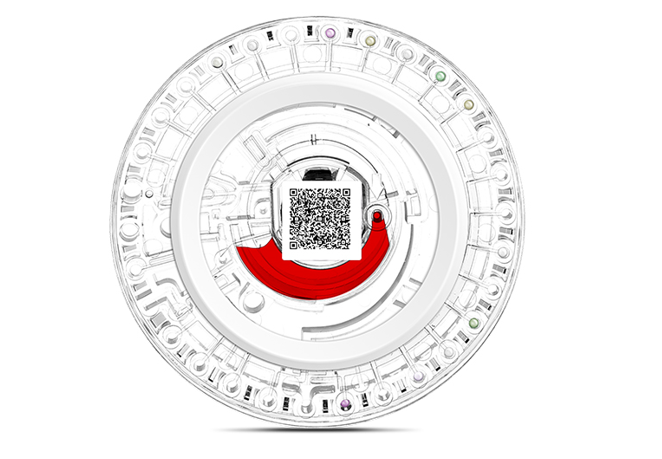release time:2022-05-31 11:41:32
Microfluidics offers absolute advantages in terms of fractionation and time for chemical and biological analysis. It enables high precision and sensitive separation and detection even with little sample and reagents. It has low cost, short analysis time, small analytical equipment imprint, small size, good microchannel fluid characteristics, and microfluidics has had a great impact on Point of care technology (POCT).

POCT microfluidic nucleic acid testing
With the advancement of technology, the research team has been able to simplify the complex process through microfluidic technology and concentrate it on a smaller chip. This largely shortens the testing cycle and saves the cost of testing and time, thus improving the high precision and sensitivity of the nucleic acid test.
POCT microfluidic chip for blood glucose testing
POCT chip shows its great role in the diagnosis of endocrine diseases. Blood glucose meter is the most common immediate diagnostic device. It detects the glucose level in the blood through a very small amount of blood, easy to operate, low reagent dosage, small test marks and short time. Glucose meters are a major step towards personal health management and have become a benchmark test in the field of clinical glucose testing.
POCT microfluidic chip cardiac marker test

2022-04-14
What are the advantages of a small benchtop chemistry analyzer? Here is an example of a Seamaty portable fully automated biochemistry analyzer.

2022-04-08
Seamaty has developed different types of tests for the animal market, including the "12 Electrolyte Plus Parameters" for rapid detection of electrolyte levels in animals.

2021-10-28
Point of care testing, which stands for speed and ease of use, is a test that is done to address the most critical and important issues in clinical care. Doctors do not have time to consider the minutiae or endless possibilities. They only target the most central and urgent problems of the moment. People demand more from POCT equipment than just fast testing. They also require a POCT test that provides a clear enough clinical meaning. It is like a person who is about to die of thirst. The most important thing is to give him water to drink. Not whether his clothes look good or not.